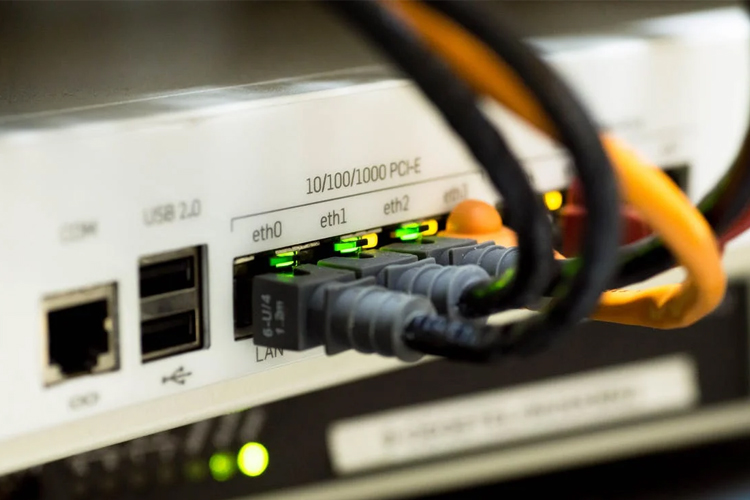Introduction
In today's digital age, streaming movies, music, and games is commonplace, but many of us are unaware of the environmental impact of our online activities. The concept of "Green Streaming" emphasizes sustainable practices that reduce the carbon footprint associated with digital media consumption. This blog explores the effects of our internet habits on the planet and offers practical steps to minimize their environmental impact.
Understanding Digital Carbon Footprint
Every online activity contributes to carbon emissions, from the energy used by our devices to the operations of data centers and the transmission networks that support them. The carbon footprint includes all greenhouse gases produced by these activities, converted into CO2 equivalents.
The Impact of Streaming
Streaming services like Netflix, YouTube, and Spotify consume significant amounts of energy. Data centers, necessary for storing and transmitting digital content, are particularly energy-intensive. For example, watching an hour of high-definition video can emit over 2 kg of CO2, equivalent to driving a gas-powered car for 6 miles.
Energy Sources for Digital Infrastructure
Leading tech companies are increasingly investing in renewable energy to power their data centers. Google, for instance, matches 100% of its energy use with renewable energy purchases. Read more about energy sources for digital infrastructure.
Reducing Your Digital Carbon Footprint
- Lower Streaming Quality: When full HD or 4K is not necessary, opt for lower resolutions to reduce data usage.
- Off-Peak Streaming: Consider streaming during off-peak hours to decrease the load on data centers and increase energy efficiency.
- Device Management: Use more energy-efficient devices like tablets or smartphones for streaming instead of larger desktop computers or TVs.
Future Trends in Green Streaming
Advancements in data compression and transmission can significantly reduce the energy required for streaming. New technologies that allow for more efficient data processing and lower energy consumption are also on the horizon.
Conclusion
The intersection of technology and environmental sustainability is crucial for the future. By adopting more mindful streaming habits and supporting companies that invest in renewable energy, we can all contribute to a greener planet.





